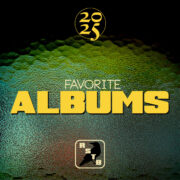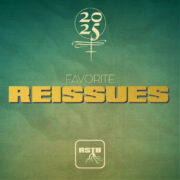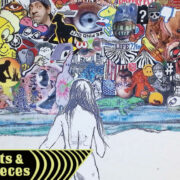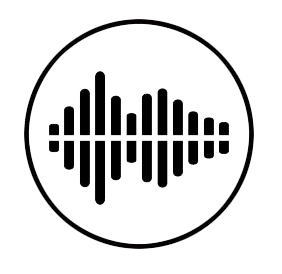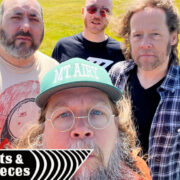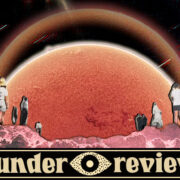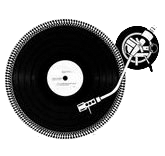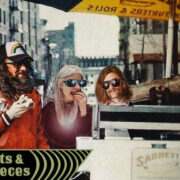Popol Vuh – Hosianna Mantra 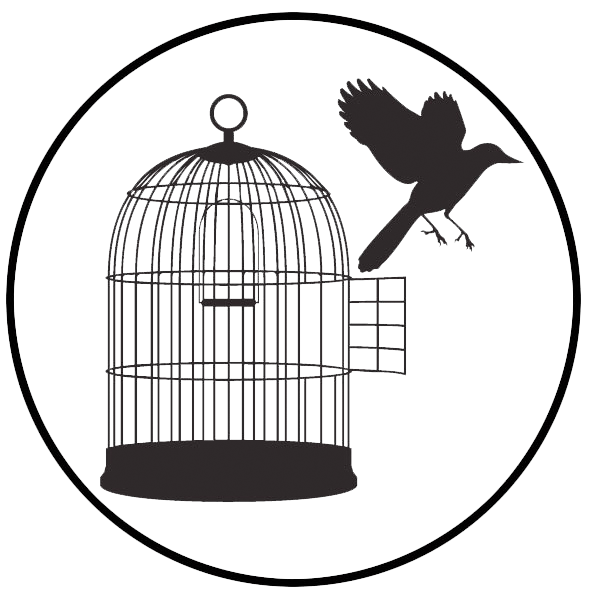
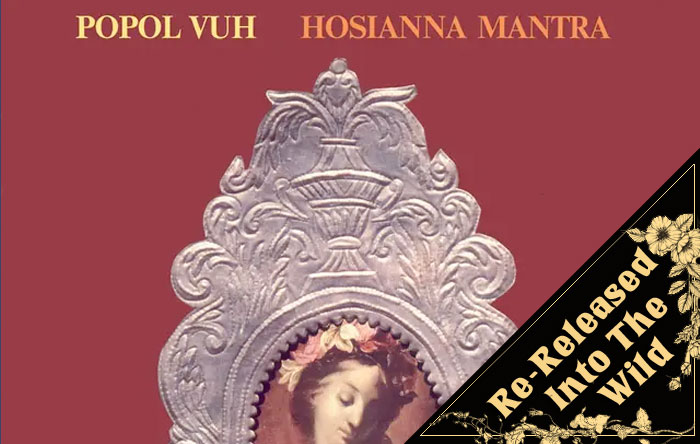
While the latter works of Popol Vuh can often overshadow their early entries, added to an intriguing run of soundtracks for Werner Herzog, the group’s beginnings offer just as much intrigue and no lack of innovation. This year Esoteric have reissued the band’s second and third albums, mapping a journey through meditation, electronic experimentation, and ultimately one back to the arms of organic instrumentation. 1971’s In den Gärten Pharaos was a deeply meditative, spiritual work that packed each side of the LP with a longform composition, embracing the Moog as their North Star. The album was a precursor to much electronic music with its pairing of keys and polyrhythmic percussion, a legacy that still lives on for the band to this day. For the follow-up, though, Fricke abandoned his dedication to the keys, eventually selling the Moog to Klaus Shulze. He rejected the idea of electronics so much that most of the album is built acoustically, save for the beautifully rendered electric guitar parts by Conny Veit.
The album is a reconciliation of East meets West, following Fricke’s conversion to Christianity. Despite the religious shift and shadow of major religions, the record is more of an untethered spiritual entity than anything dogmatic or direct. The band’s sparkling melodies begin to come into play here, along with Veit’s cavernous guitar sound that can still be felt guiding many psychedelic acolytes today. The record glows with an inner warmth, an aura lodged between the conservatory and it’s more free-love counterparts in the psychedelic folk spectrum. The record is given a further elevation from the lilting vocals of Korean singer Djong Yun, whose appearance only deepens the glow of the album’s elation. Both Hosianna Mantra and In den Gärten Pharaos have been given new mastering at Abbey Road and essential new vinyl editions from Esoteric Records.
Support the artist. Buy it HERE.
